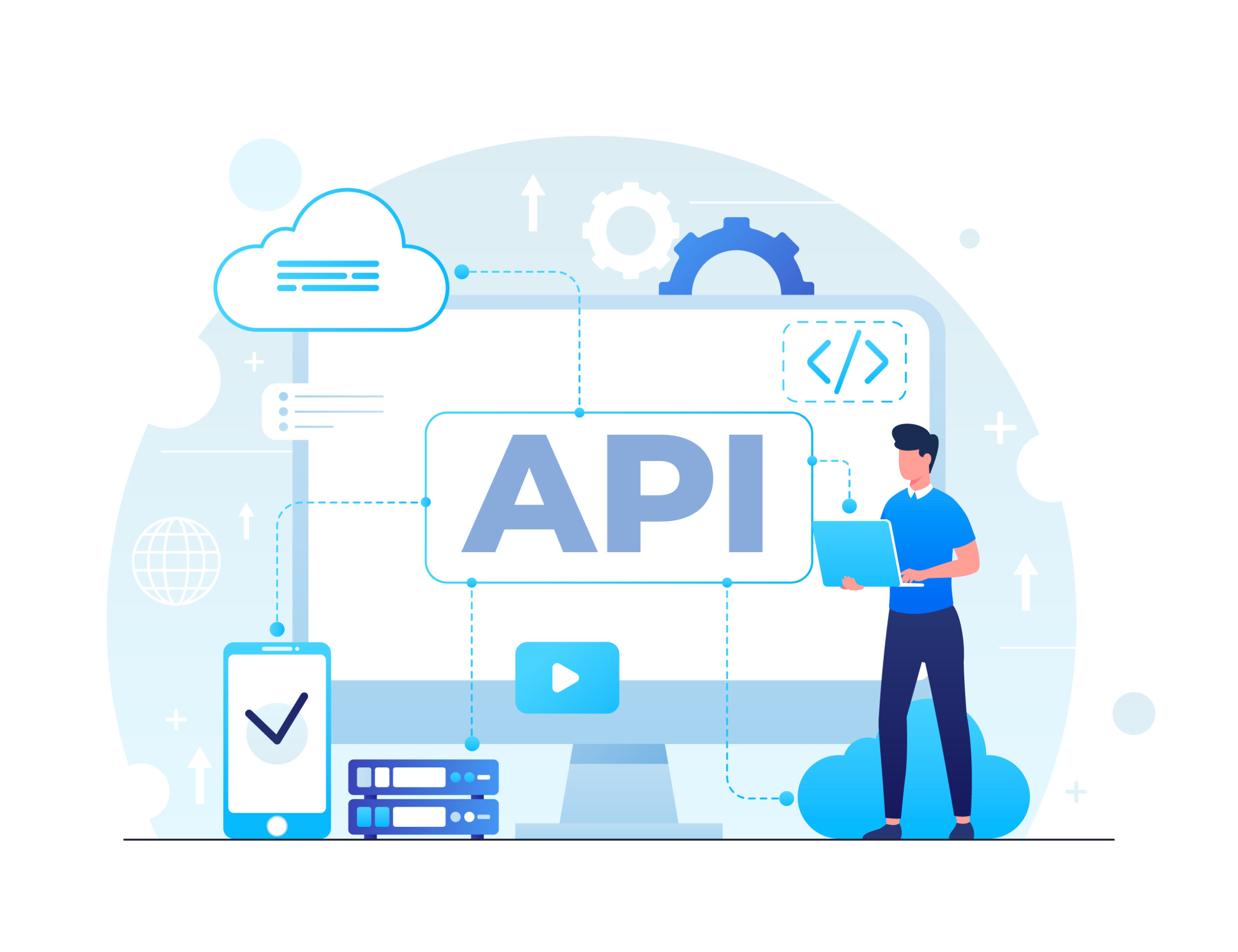
Troubleshoot Stock Market API Issues with Limited Documentation
For anyone working with a free stock market API, hitting a wall when you run into issues and can’t find proper documentation can feel frustrating. If you’re a financial analyst, trader, developer, or researcher, you’ve probably been there—searching for answers in limited or cryptic documentation. Insight Ease API can offer a lifeline here, providing real-time and historical data for stocks, forex, crypto, and commodities. This guide will walk you through how to troubleshoot API issues when resources are limited, using Insight Ease API as an example.
Why Stock Market API Troubleshooting Matters
Whether you’re looking to build custom dashboards, integrate real-time stock data into a trading platform, or analyze historical trends, a stock market API is essential. However, like any tech tool, APIs can come with their own set of hiccups, especially when the documentation isn’t super clear. Understanding how to troubleshoot effectively can save you hours of trial and error.
In this guide, we’ll cover troubleshooting techniques, common pitfalls, and actionable steps you can take. Let’s dive in!
Getting Started: Check the Basics
The first thing to remember is to start simple. When you encounter an issue, don’t dive into complex solutions immediately. Let’s look at some basic checks.
1. Verify Your API Key and Permissions
Before anything else, make sure your API key is correct and active. In most cases, you’ll need to create an account to get your API key. You can register for free on Insight Ease’s registration page if you haven’t already.
- Check that your API key has the required permissions for accessing the stock market data you’re trying to retrieve.
- Some APIs may limit access based on user tiers or account status, so double-check any restrictions on your account.
2. Review Documentation for Basic Setup
Even if the documentation is limited, try to go through it thoroughly. Insight Ease provides some documentation on its API.
- Look for basic setup instructions, data endpoints, and response format details.
- If there’s a “Getting Started” section, use that as your reference point before moving on to other sections of the documentation.
Debugging Common API Issues
When you’ve ruled out the basics, it’s time to investigate more specific issues. Below are some common ones and ways to tackle them.
1. API Not Responding or Returning Errors
This can be frustrating, but it’s usually fixable with a few checks:
- Check Your Internet Connection: Ensure you’re connected to a stable network. It might seem obvious, but connectivity issues are often overlooked.
- API Status Page: Some APIs, like Insight Ease, might have a status page indicating if there’s downtime or scheduled maintenance. You could check Insight Ease’s site for any announcements or service interruptions.
- Timeout Issues: Set a timeout parameter to handle cases when the API takes too long to respond. This can help prevent your application from hanging indefinitely.
2. Unexpected or Inconsistent Data Formats
Working with financial data often means you’ll deal with various data formats. Some APIs may return inconsistent formats, especially if they pull data from multiple sources.
- Inspect the API Response: Try using `print` statements or logging to display the exact format of the data returned. If the documentation doesn’t provide clarity, this method can help you see what you’re working with.
- Standardize the Data: If the data format changes between requests, write a function that normalizes it. For example, you might standardize all date formats to `YYYY-MM-DD` for easier processing.
- Explore Alternative Endpoints: Insight Ease offers a variety of endpoints for forex, crypto, and stocks. Test different ones to see if they return more predictable data structures.
Digging Deeper: Tools and Techniques for Effective Troubleshooting
Once you’ve covered the basics and addressed common issues, it’s time to use more advanced techniques.
1. Utilize Postman for API Testing
Postman is a powerful tool that allows you to test API calls without writing code, which can be especially helpful when debugging issues.
- Set Up Your API Request in Postman: Enter the endpoint URL, select the HTTP method (usually GET for stock data retrieval), and add your API key in the headers.
- Test with Different Parameters: Try adjusting parameters like `start date`, `end date`, or `symbol` to see if the API responds differently.
2. Review API Rate Limits
APIs often impose rate limits to control usage and ensure fair access for all users.
- Check Insight Ease’s Rate Limits: This information might be under the terms of service or API documentation. If you exceed the limit, you may get blocked or experience slower response times.
- Implement Exponential Backoff: If you run into rate-limiting issues, program your application to retry the request after a delay. This technique can be helpful for avoiding errors related to hitting the API too frequently.
3. Error Codes: What Do They Mean?
Many APIs return HTTP status codes that give hints about what went wrong. Here’s a quick rundown:
- 400 Bad Request: Usually means there’s an issue with the syntax of your request.
- 401 Unauthorized: Check if your API key is correct and authorized for the endpoint.
- 404 Not Found: The endpoint or data might not be available. Double-check the URL and endpoint in the documentation.
- 500 Internal Server Error: This indicates a problem on the server side, so there might not be much you can do except wait or contact support.
4. Logging and Monitoring
Consider implementing logging to keep track of API calls and responses. This can be useful for troubleshooting over time, especially for intermittent issues.
- Log Your Requests and Responses: Save information on each API call, including the timestamp, parameters used, and the response received.
- Monitor Usage Patterns: Identify any patterns that may correlate with errors, such as specific times of day or certain endpoints.
Finding Help When Documentation is Limited
When all else fails, look for additional support resources beyond official documentation.
1. Insight Ease Support
You can try reaching out directly to Insight Ease’s support team if you’re stuck. While support resources vary, they may offer insights into common issues or help troubleshoot.
2. Developer Communities
Communities like Stack Overflow or the Insight Ease Forum (if available) can be a goldmine for troubleshooting. Other users may have faced the same issues and shared solutions.
- Search Specific Error Messages: If you’re getting a specific error code or message, try searching for it directly.
- Join API Developer Groups: Groups focused on financial APIs often have active discussions on common issues and solutions.
Example: Handling a Real-Life Error
Let’s go through a hypothetical example. Suppose you’re using the Insight Ease API to pull stock data, and you’re getting a 401 Unauthorized error. Here’s a quick troubleshooting plan:
- Double-Check Your API Key: Go back to your account page and make sure you copied the key correctly.
- Review API Key Permissions: Ensure your key allows access to stock data specifically, as some keys might have restricted access.
- Test with Another Tool: Plug your API call into Postman. If it works there but not in your code, you may need to investigate your codebase.
- Consult Support or Community Resources: If all else fails, check Insight Ease support or community forums for similar issues.
FAQs on Troubleshooting Stock Market API Issues
- Q: What should I do if I’m getting inconsistent data formats?
A: Try logging each response to see if there’s a pattern to the inconsistency. You may need to normalize the data in your application. - Q: How do I handle rate-limiting issues?
A: Use exponential backoff, which retries the API call after gradually increasing delays. This method is especially useful if rate limits are temporary. - Q: Why am I receiving a 500 Internal Server Error?
A: This usually indicates a server issue on the API provider’s end. Check the Insight Ease status page or contact support if the error persists. - Q: Can I get stock data for specific intervals or symbols with Insight Ease API?
A: Yes, Insight Ease provides flexible endpoints for retrieving data by intervals, date ranges, and specific stock symbols. Visit Insight Ease API documentation for details.
Final Thoughts
Using a stock market API with limited documentation can be challenging, but with the right troubleshooting techniques, you can minimize frustration and get things running smoothly. Start by checking the basics, move on to testing tools like Postman, and don’t hesitate to reach out for support. Remember, Insight Ease offers a robust set of tools and data sources for traders, developers, and analysts, so making the most of this API can bring valuable insights and functionality to your financial projects.
For more details and support, visit Insight Ease and dive into their API documentation and resources. Good luck, and happy coding!

